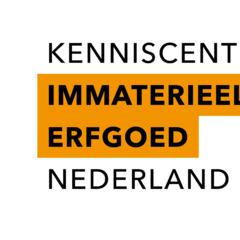A seigniory (Dutch: heerlijkheid) is the medieval predecessor of today's government bodies such as municipalities. They were owned by a lord, a private individual who thus held the right to government authority. Attached to a seigniory were all kinds of lordly rights, some of which still exist today.
For instance, in the seigniorial areas of Baarsdorp and Sinoutskerke, sheep are still grazed along the dykes and verges, a custom called “grassetting”. The sheep are periodically taken to a grazing area for this purpose. When the sheep have grazed the ground, they move on to the next patch. Ideally, the sheep do not spend the night on site and are brought to and from the grazing area. The sheep are driven along the roads for this purpose; this is called the sheep drive. Performing the sheep drive and grass setting requires both good handling of sheep and also knowledge of where and when the land can best be grazed. Baarsdorp and Sinoutskerke, instead of being done by a shepherd, choose to have people from the community do this as much as possible.
Trees, including border lime trees, are also planted in the area of the seigniories. The latter category of trees marks the boundaries of the seigniories. For the other trees, given Zeeland's clay soil is becoming increasingly dry, it is important to choose the right species. This too requires knowledge.
The above mentioned traditions will be carried out on the basis of the old property rights of grassetting, sheep drive and planting rights associated with the seigniories of Baarsdorp and Sinoutskerke, a highly recognisable phenomenon for the people from the Zuid-Beveland peninsula. For the execution of the heritage, a schedule will be drawn up after which volunteers will be involved. These volunteers come from the community consisting of the villagers of Baarsdorp and Sinoutskerke and people who feel involved in the heritage.



